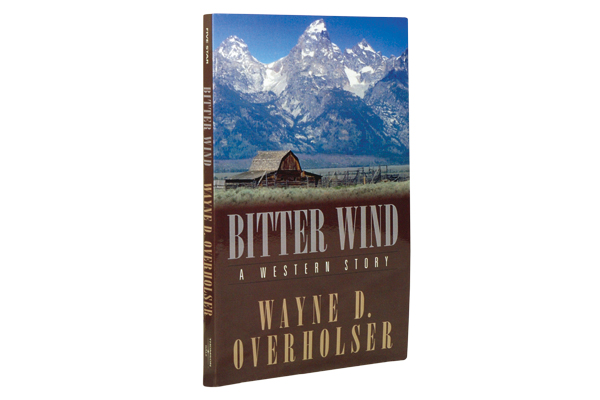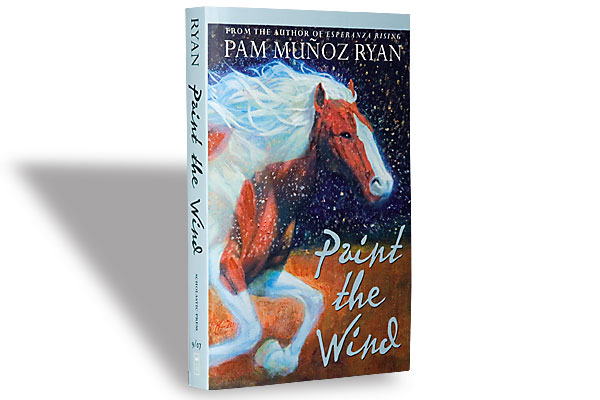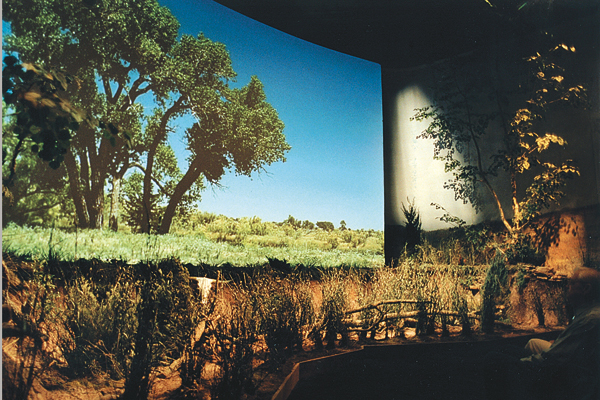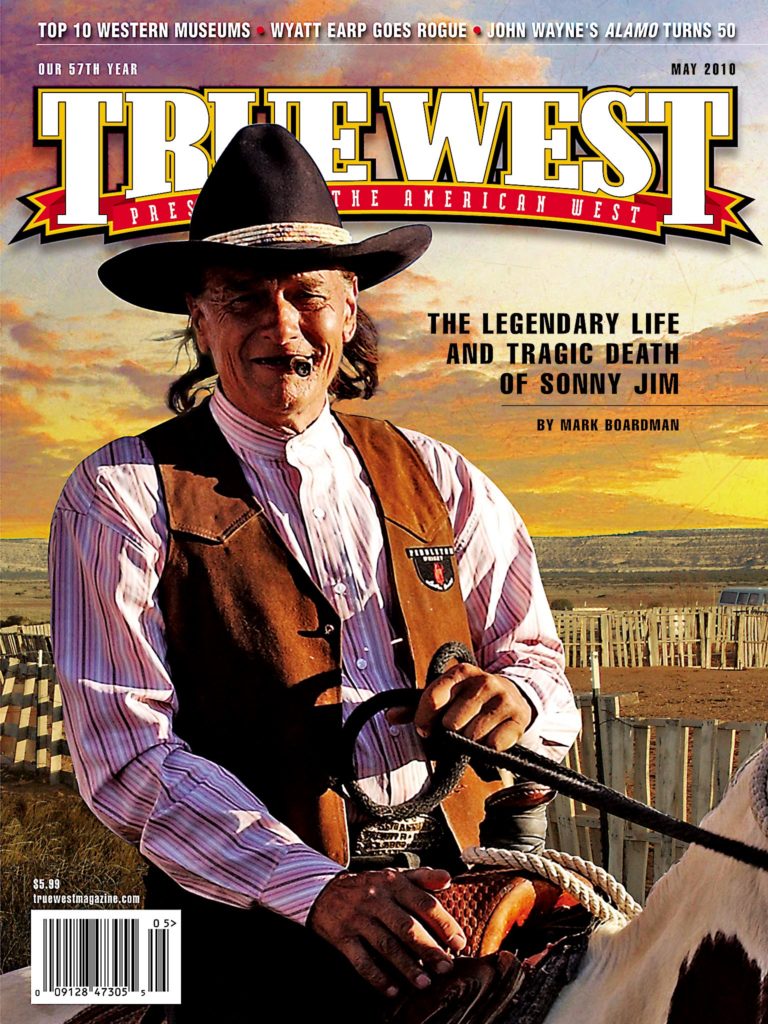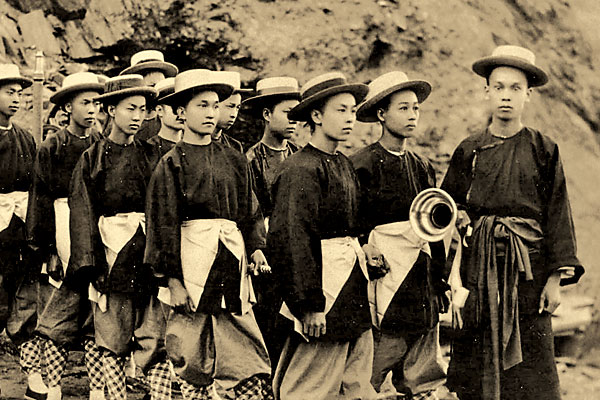
“One can thresh the straw of history until he is well worn out, and also is running some risk of wearing others out who may have to listen. So I will waive the telling of who the first cowboy was, even if I knew; but the last one who has come under my observation lives down in Florida…
”Thus began Frederic Remington’s 1895 article, “Cracker Cowboys of Florida,” for Harper’s Magazine. He was not too impressed with these cowboys, compared to those he had seen out West. He called them “wild-looking individuals, whose hanging hair and drooping hats and generally bedraggled appearance would remind you at once of the Spanish moss….” The great Western artist also snickered, “They had on about four dollars’ worth of clothes between them.”
Straw hats were most likely a part of the “cracker cowboy” wardrobe due to Florida’s sultry weather. In the Old West, though, ranchers and cowboys largely stuck to their felt hats; you were more likely to see miners, peasants and farmers wearing straw hats. Finely-woven toquilla Palm straw hats became a popular form of headgear among the Forty-Niners. These Ecuadoran-made hats were acquired by boatloads of miners making ports-of-call in Quito or hordes of miners trekking the Isthmus of Panama—all en route to the California goldfields. (These hats later became the height of fashion around the world after President Teddy Roosevelt was photographed wearing one on a Panama Canal dig site in 1906. Roosevelt’s hat was mistakenly identified as a Panama hat, but the name stuck.)
The most common examples of straw hats worn in the Old West can be seen in photographs of Chinese laborers, including those hired to build the first so-called transcontinental railroad, near the end of the Civil War. A few months after the completion of this celebrated rail line between Omaha, Nebraska, and Sacramento, California, a travelogue written for the Indianapolis, Cincinnati & Lafayette Railroad Co. (The Cincinnati Excursion to California, published in 1870) described Chinese rail workers in Utah in their traditional peasant garb, including their hats. “A gang of Chinese laborers, in loose blue muslin garments and peaked parasol hats of straw, were grading a new switch at the station,” reads the account, dated September 7, 1869.
Despite its humble association with “cracker cowboys” and miners and laborers, straw would gain favor as a hat material with cowboys out West as their social and cultural status rose. That development largely came about because of the popularity of rodeos. Ranches traditionally got together in the spring to gather and work cattle and horses. These roundups often included competitions among the various ranch crews to see who was handiest with a rope, or who could stay on the back of a wild horse. By the 1920s, radio and movie portrayals of the Wild West spawned the demand for live-action spectacles. With producers staging contests in cities throughout the U.S., these rodeos often featured cowboys wearing, you guessed it, straw hats. Simple economics may have been the reason for this change. “Rodeo cowboys didn’t want to trash their good fur felt hats, so they started wearing straw cowboy hats during the events because they were cheap,” suggests Longfellow Deeds, hatmaker and owner of the Last Best West store in Calgary, Alberta.
Although straw cowboy hats are frequently cheaper to purchase than fur felt hats, they too can have a hefty price tag. A Montecristi Panama hat can run you $10,000!
Over time, straw hats have become more popular with cowboys and Westerners in general. They frequently replace their felt hats with straws at the first hint of spring. (Many in the warm-weather Southwest choose to wear straw hats all year long.)
Nowadays, straw is something of a misnomer when it comes to cowboy hats. Slicing, splicing and interlacing rye or oat stalks into hats is a dead art. Modern straw cowboy hats are plaited or woven from fibers from the leaves and stems of palm trees, agave and hemp plants, and assorted vines from far flung tropical locations such as Madagascar. Hats made from these fibers include sisal, raffia, jute and palm, and each fiber is selected for its durability and pliability. The most popular straw cowboy hats—Toyo, Bangora and Shantung—actually share a common ancestry with Japanese origami. These hats are made from a twisted yarn called washi, which is produced from pulped Manila hemp.
As with felt hats, the quality grades used by some makers of straw hats have no common source. Some straws feature Xs, while others have stars. The type and tightness of the weave is a major factor in grading and pricing straw hats, but so is the finish and trim package.
When shopping, you’ll see mostly Shantung hats in stores; by one estimate, Shantungs make up 65 percent of all straw cowboy hats sold these days. In selecting a straw hat best suited for you, you should consider not only how much you want to spend, but also how you will wear and use the hat. Included throughout the article are sidebars about some of your straw hat options to help you figure out the best choice for you. So go ahead, pick a straw.


